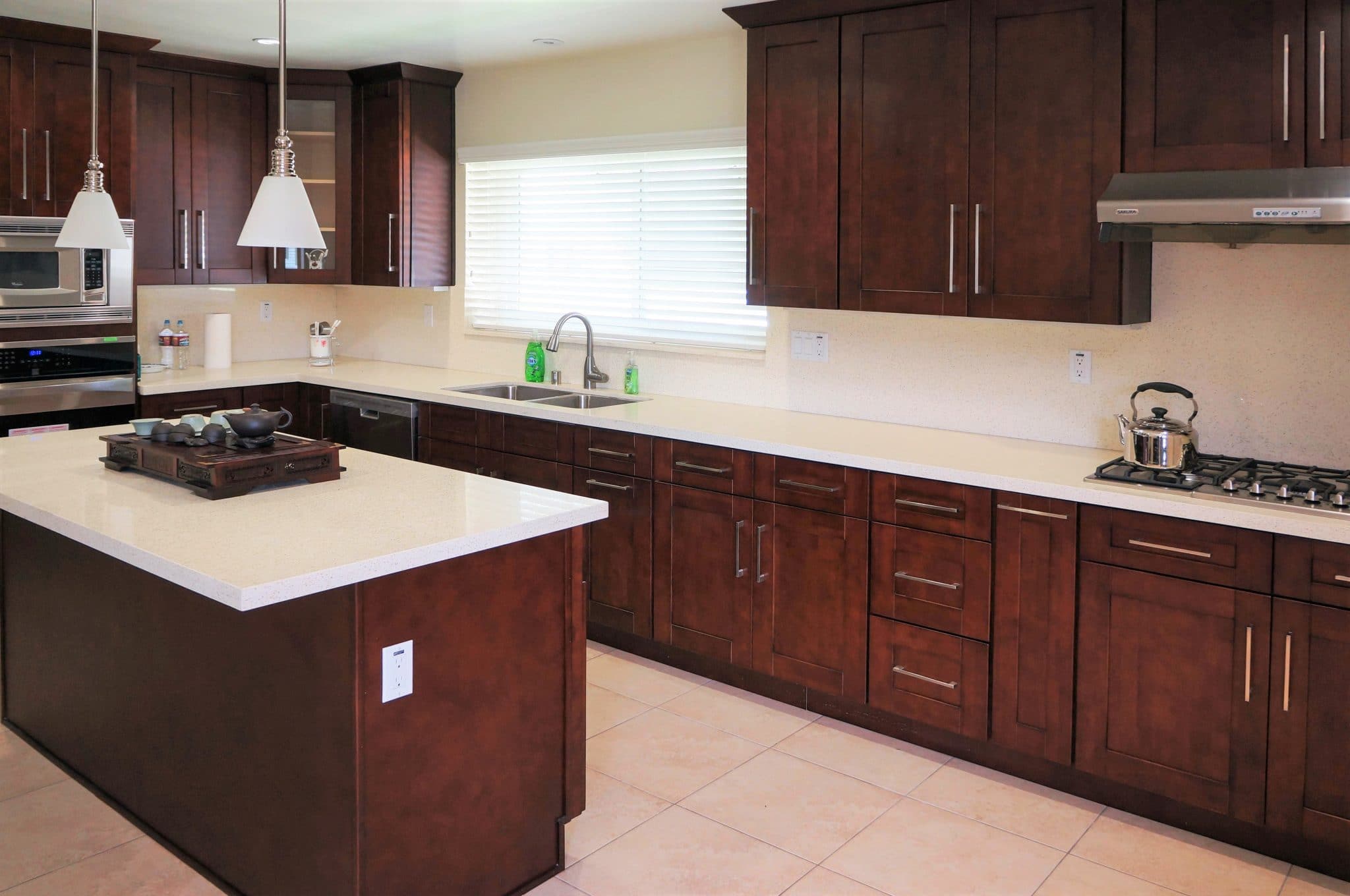Alder vs. Cherry Cabinets: Alder Vs Cherry Cabinets

Choosing between alder and cherry wood for your cabinets is a significant decision impacting both aesthetics and longevity. Understanding the inherent differences in these woods is crucial for making an informed choice that aligns with your style and budget. This comparison will delve into the key characteristics of alder and cherry, focusing on their grain patterns, workability, and durability.
Wood Grain Characteristics of Alder and Cherry
Alder and cherry possess distinctly different grain patterns, influencing their overall appearance and the final look of your cabinets. Alder typically displays a fine, even texture with a relatively straight grain, although some subtle variations can occur. The color is generally a light, creamy beige, though it can range to a pale reddish-brown, readily accepting stains to achieve a wide variety of colors. Cherry, on the other hand, exhibits a more pronounced and varied grain pattern, often featuring prominent medullary rays that create a distinctive figure. Its natural color is a rich reddish-brown that deepens beautifully with age and exposure to sunlight, developing a warm, lustrous patina.
| Feature | Alder Description | Cherry Description | Key Differences |
|---|---|---|---|
| Grain Pattern | Fine, even, relatively straight | More pronounced, varied, with prominent medullary rays | Alder is simpler; cherry is more complex and visually interesting. |
| Color | Light creamy beige to pale reddish-brown | Rich reddish-brown, deepening with age | Alder is lighter and more easily stained; cherry has a deeper, more consistent natural color. |
| Texture | Smooth, consistent | Slightly coarser, with more visible grain | Alder feels smoother; cherry has a more tactile quality. |
| Figure | Minimal figure | Often displays significant figure due to medullary rays | Alder is less visually dramatic; cherry offers more character. |
Workability of Alder and Cherry for Cabinet Making
Both alder and cherry are considered relatively easy to work with for cabinet construction, but they have some distinct differences in their machining and finishing characteristics.
Alder vs cherry cabinets – The ease of working with each wood significantly influences the overall cost and time involved in cabinet production. Careful consideration of these factors is crucial for achieving the desired results efficiently.
- Alder: Cuts cleanly, shapes easily, sands smoothly, and accepts stains and finishes readily. Its softer nature makes it less prone to tear-out during machining.
- Cherry: Also machines well, though its harder density might require sharper tools to prevent tear-out. It can be more challenging to sand to a perfectly smooth finish, but the results are well worth the effort. It takes stains beautifully, enhancing its natural color and character.
Durability and Longevity of Alder and Cherry Cabinets, Alder vs cherry cabinets
The durability of alder and cherry cabinets depends on several factors, including the quality of construction, the type of finish applied, and the overall care provided.
Understanding the inherent properties of each wood regarding resistance to damage is vital for predicting the long-term performance of your cabinets under typical household conditions.
- Alder: Being a softer wood, alder is more susceptible to dents and scratches than cherry. However, with proper finishing and care, it can still provide many years of service. Its resistance to moisture damage is moderate; proper sealing is essential in areas prone to humidity.
- Cherry: A harder wood, cherry is more resistant to dents and scratches than alder. Its denser structure provides better protection against moisture damage, but it is still not impervious to water and requires proper sealing, particularly in kitchens and bathrooms. High-quality cherry cabinets, with proper care, can last for generations.
